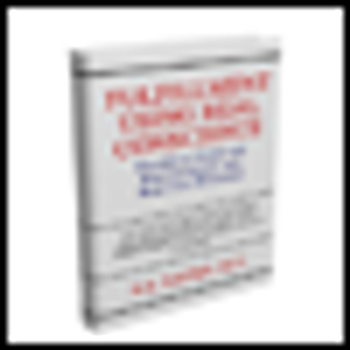
Since the inception of the modern era of psychopharmacology, psychotropics have been the mainstay of the care of psychiatric patients all over the world, irrespective of their cultural and ethnic backgrounds. Until recently, however, variations in treatment response across populations, including effectiveness, dosing strategies, and adverse-effect profiles, have received minimal attention.



